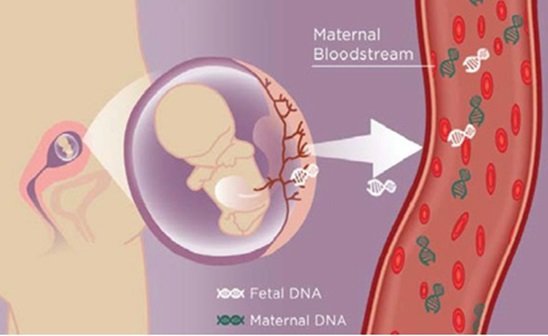Pregnancy brings immense joy, yet anxiety about the baby’s health can be overwhelming. Expectant mothers yearn for a complication-free journey, yet worries about genetic disorders and birth defects persist. While such cases are rare, they loom large in the minds of expecting mothers, fueling apprehension.
The uncertainty about the baby’s well-being until birth can be eased through non-invasive prenatal tests, crucial for comprehensive insight. While not exhaustive, these tests boast over 95% accuracy in detecting common genetic abnormalities like Down Syndrome (trisomy 21), Edward Syndrome (trisomy 18), and Patau Syndrome (trisomy 13). Receiving the reassuring news of normal results in the first trimester alleviates immense anxiety for expecting mothers, aiding in planning and preparation for any potential conditions, albeit not diminishing the love for the child.
Not long ago, prenatal DNA testing primarily relied on invasive methods, presenting risks for both mother and child. Thankfully, advancements have ushered in non-invasive tests requiring just a drop of the mother’s blood, championed by companies like Sequenom Inc. These tests, leveraging cell-free DNA technology, are accessible to modern healthcare, enabling early testing at 10 weeks and delivering results within 5 days. Impressively, they can predict common trisomies with over 99% accuracy for Down Syndrome, 98% for Edward Syndrome, and 65% for Patau Syndrome.
The test sequences DNA to identify abnormalities within trisomies, like the distinctive extra chromosome seen in Down Syndrome cases. Typically, humans have 46 chromosomes, but trisomy 21 leads to 47 chromosomes, easily identifiable through DNA testing.
If abnormalities are detected, additional testing like Amniocentesis or Chronic Villus Sampling (CVS) might be recommended, although not always necessary. Your doctor will guide you on the need for further tests based on the initial results, ensuring a comprehensive assessment.
